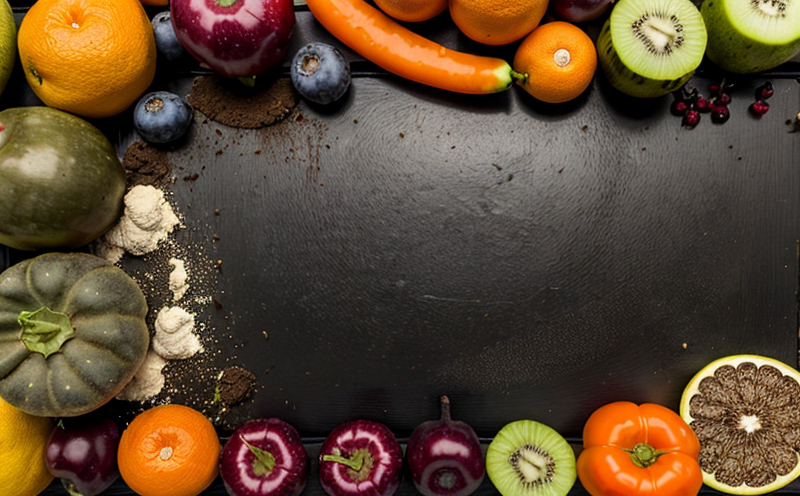ISO 2173 Brix (Soluble Solids) Testing in Fruit Products
The ISO 2173 standard provides a method for determining the soluble solids content of fruit products, commonly referred to as "Brix." This measurement is critical for quality control and compliance, ensuring that food processors and manufacturers meet industry standards and consumer expectations. The Brix value represents the percentage of sucrose present in a solution at 20°C. It is widely used in the food and beverage sector to monitor product consistency across batches.
Understanding the soluble solids content is essential for several reasons:
Consistency: Ensuring that every batch of fruit products meets the required Brix level helps maintain brand reputation.
Compliance: Regulatory bodies like the FDA and EU require compliance with specific Brix levels to ensure food safety and quality.
Consumer satisfaction: Higher Brix values often correlate with perceived sweetness, which impacts consumer preference.
The testing process involves several steps:
Sample preparation: The fruit samples are thoroughly homogenized to ensure an accurate measurement of soluble solids. This may involve blending or grinding the fruits into a consistent texture.
Dilution: If necessary, the sample is diluted with distilled water to avoid overloading the refractometer.
Measurement: The Brix value is determined using a handheld refractometer or a laboratory refractometer. This instrument measures the light refraction of the solution and provides a direct reading of the soluble solids content.
The results are then compared against industry standards to ensure compliance with relevant regulations. For instance, the European Union has set specific Brix levels for various fruit products, such as 15% for mandarins and 12% for apples.
Our laboratory adheres strictly to ISO 2173 guidelines and uses state-of-the-art equipment to ensure accuracy and reliability. Our team of experts ensures that every test is conducted with precision, delivering results that are both accurate and actionable.
| Applied Standards | Description |
|---|---|
| ISO 2173:2015 | Determination of soluble solids content in fruit products |
| EU Regulation No. 864/2007 | Setting Brix levels for specific fruit products |
| Industry Applications | Description |
|---|---|
| Fruit Juice Production | Ensuring consistent sweetness and quality across batches |
| Canned Fruits | Maintaining optimal Brix levels for shelf-life and flavor |
| Dried Fruit Products | Standardizing the sugar content for consumer satisfaction |
By leveraging our expertise in ISO 2173 testing, we help food manufacturers and processors meet regulatory requirements while enhancing product quality. Our services are tailored to address the specific needs of various sectors within the food industry.
Applied Standards
| Standard | Description |
|---|---|
| ISO 2173:2015 | Determination of soluble solids content in fruit products |
| ASTM D1492 | Standard test method for determination of sugar content of fruit juices and other beverages |
Industry Applications
| Application | Description |
|---|---|
| Fruit Juice Production | Ensuring consistent sweetness and quality across batches |
| Canned Fruits | Maintaining optimal Brix levels for shelf-life and flavor |
| Dried Fruit Products | Standardizing the sugar content for consumer satisfaction |





